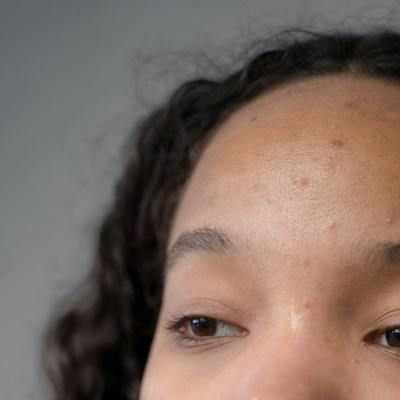Video
Karan Lal, DO: Learning About Genotypes, Phenotypes of Epidermolysis Bullosa
Author(s):
An interview segment featuring Lal’s experiences treating epidermolysis bullosa as well as his opinions on treatment and management.
In a segment of his HCPLive interview, Karan Lal, DO, MS, spoke on his experiences helping patients with the rare skin disorder known as ‘Butterfly Disease,’ or epidermolysis bullosa (EB).
Lal serves both as the Affiliated Dermatology Scottsdale director of pediatric dermatology and cosmetic surgery and as the chair of social media for the Society for Pediatric Dermatology.
As alluded to in a previous article, Lal also previously worked as a dermatology resident and pediatric dermatology fellow at the University of Massachusetts Medical School. There, he received in-depth EB training.
“I'm biased and spoiled because of my program director, because he was interested in EB and talked about EB a lot,” Lal explained. “So I would say that we probably get a lot of EB training. And I'm very familiar.”
EB—a rare genetic condition caused by COL7A1 genetic mutation—is sometimes referred to as the ‘Butterfly Disease’ due to the skin’s fragility when a patient has the condition.
Those with EB can face everyday traumas from light touches to their skin as a result of the skin disorder, and until recently the disorder was not well-established.
“I think the thing about EB is we know that we're learning that there are a lot of different genotypes, meaning there's a lot of different gene mutations that can cause different forms of EB that we're learning about, there's a lot that's yet to be discovered,” Lal said. “And then there's a lot of different phenotypes.”
When considering patient care for EB, Lal explained that it is a multifaceted and multi-system disease with a lot of elements.
“And it's your responsibility and your duty to make sure that you're doing the best that you can to coordinate all that care,” he said. “Because sometimes they need iron infusion, sometimes they need certain vitamin supplements, sometimes you have to go through all those things and think outside the box.”
Lal also explained that he stays optimistic due to recent phase 3 trial data on topical gene therapy, known as B-BEC.
B-VEC involves the modifying of the herpes simplex virus type 1 (HSV-1) vector, within which there are 2 copies of the COL7A1 coding sequence. The delivery system is then designed to transcribe the viral DNA and translate it into C7.
Patients given B-VEC therapy saw 70% of their EB wounds close completely at 6 months of treatment.
View the full interview segment above for more information about epidermolysis bullosa.





